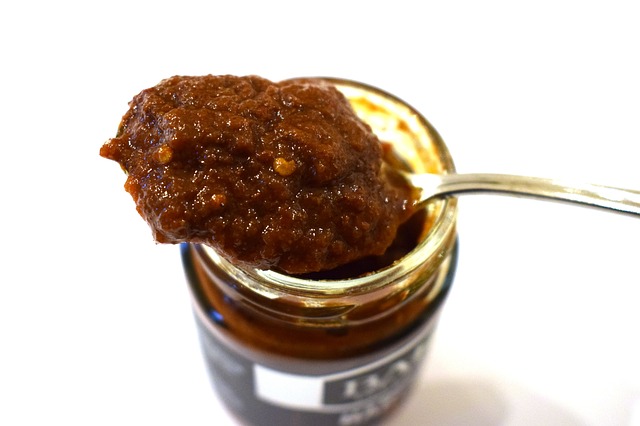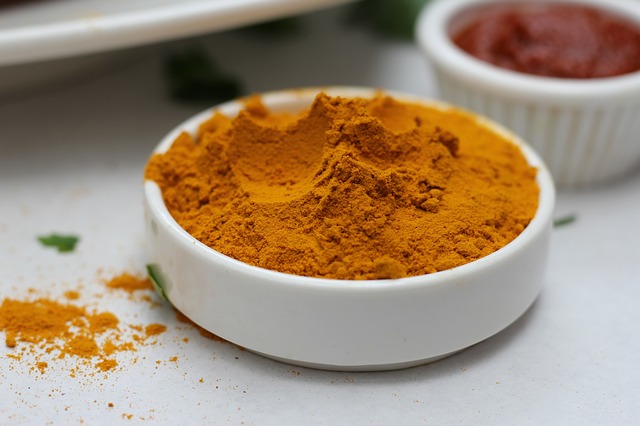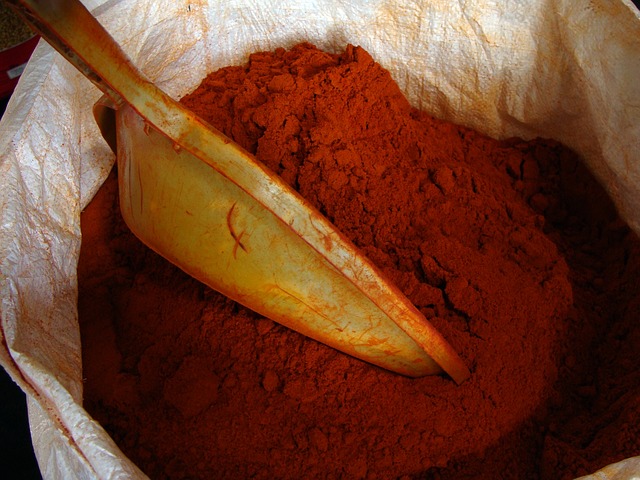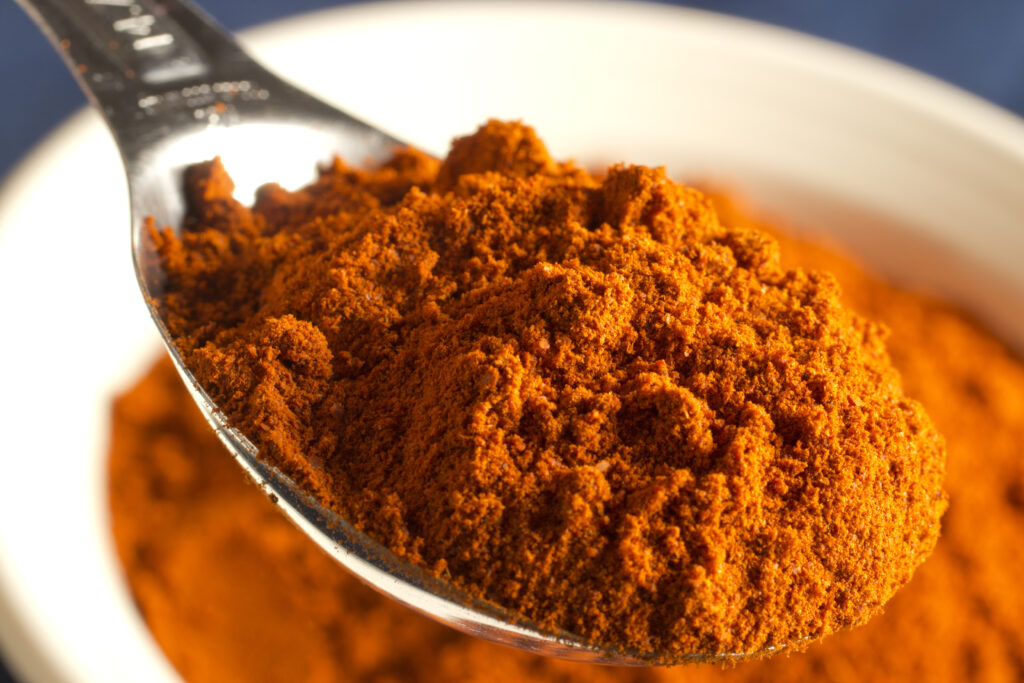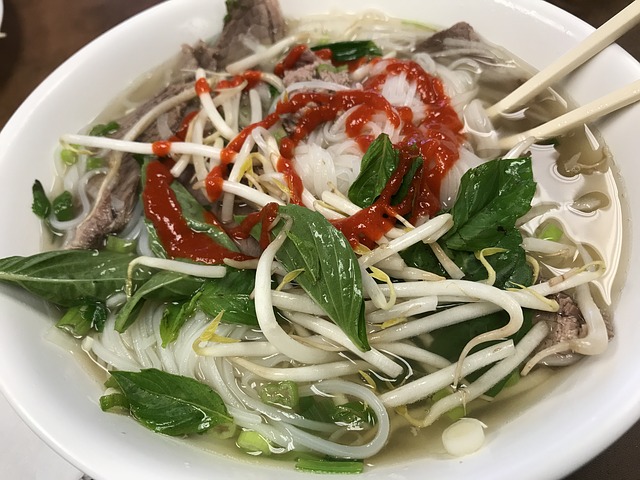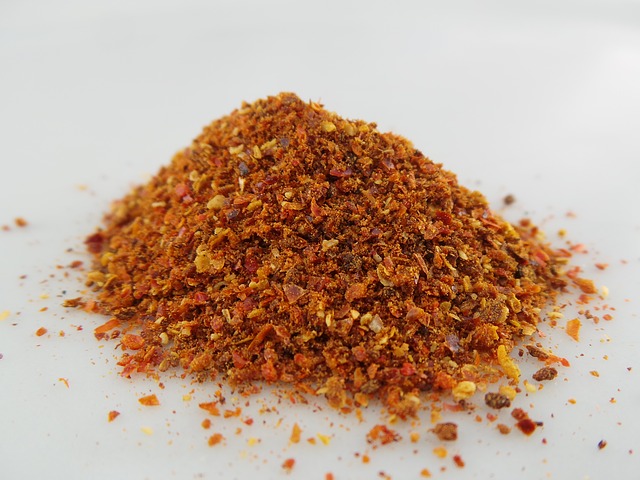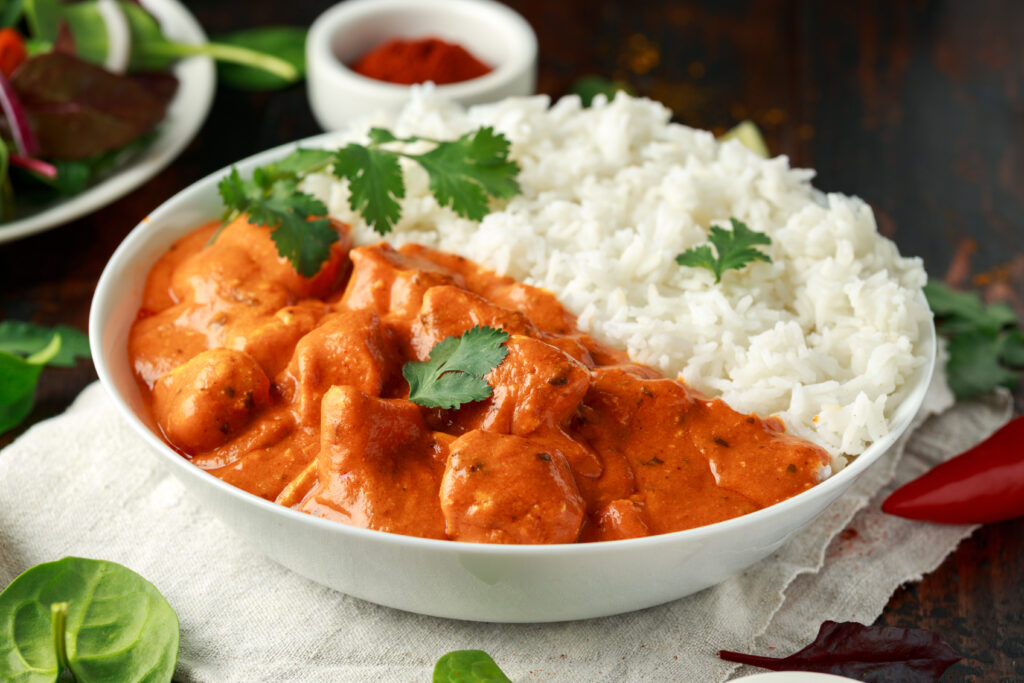Rice is the classical carbohydrate you often see on your plate. Whether it’s partnered with steak, egg, or steamed vegetables, no other starchy food can beat rice! What’s even more fantastic about rice is that it can be served in many different varieties.
Here, we will be talking about a special version that came from the colorful culture of Asia – Basmati Rice.
More…
What Is Basmati Rice?
It is considered to be one of the best varieties or rice. Basmati comes from the Sanskrit word “vasmati”, which means aromatic. This long-grained, fragrant, and nutty-flavored rice is cultivated in the beautiful fields of India and Pakistan. It is grown through traditional methods, which produce naturally fresh grains.
There are contrasting ideas about how basmati rice should be cooked, including whether it should be soaked first or not, boiled or not, and how high the water level should be. But, having cooked rice for many years, I think the ratio-based boiling method works the best.
Five Tips On How To Cook Basmati Rice
- Look for the best quality Pakistani or Indian basmati. Find ones that are locally available and affordable.
- Rinse the rice thoroughly for a few minutes; this helps to remove the stickiness of the starch.
- You can try adding salt in the cooking pot before pouring some water, as this allows the rice grains to absorb the salt well. Never add salt to cooked rice; it will make it taste extremely salty.
- An aluminum foil or a tight-fitting lid is ideal way of creating a strong seal. This will stop the steam from escaping. If you cover the pot with a tight seal, it produces long soft grains.
- You can add a few drops of plain vinegar, which separates the grains well.
How To Cook Basmati Rice?
To get started, here are the things you need:
This recipe yields 4 cups of cooked Basmati rice, quite enough for a family of four! If you wish, you can add or subtract the amount of ingredients according to the number of the people you will serve.
To get started, here are the things you need:
- 2 1/2 cups Basmati rice.
- 2 1/2 cups boiling water.
- Pinch of salt to taste; the amount depends on your taste.
- Measuring spoons, cups, strainer, bowl, and sauce pot with lid
What to do:
- First of all, wash the rice under cold running water then rinse it well by using a strainer. If you prefer to soak it, you can place the rice in a bowl of cold water and let it soak for an hour. This helps to make your rice softer. Or you can skip this step, especially if don’t have enough preparation time.
- Secondly, transfer your newly rinsed rice to a sauce pot with tight lid. If you have tried the soaking method, make sure you drain the rice well and transfer it into a saucepan while adding a pinch of salt.
- Meanwhile, boil 3 cups of water in a kettle or another pot and pour onto the rice. Cook and cover with the lid or tight foil. Set to medium-high heat. Once the water is steaming and boiling, use aluminum foil again to cover the pot and crimp the edges around the pan. Then, seal it with a lid on top, as this will to prevent the steam from escaping. Change to low-high heat and let it cook. After 15 minutes, remove the pot from the heat.
- You can now uncover the pot and fluff with a fork.
- Serve while hot!
What To Serve With Basmati Rice?
Basmati rice tastes better when partnered with an Indian dish too like Masala Lamb Meatballs!
1. Masala Lamb Meatballs
Meatballs are the life and soul of the party! Whether you are a kid or kid at heart, you will absolutely love making this recipe with our Basmati rice.
Yield: 20 meatballs.
- 1 pound ground lamb.
- 1 pound lean ground beef.
- 1 onion, finely grated.
- 1/2 ginger root, peeled and finely grated.
- 3 garlic cloves, crushed.
- 2 teaspoons salt.
- 1/2 teaspoon black pepper, freshly ground.
- 1/2 teaspoon chili powder.
- 1 tablespoon garam masala.
- 1 tablespoon cilantro, finely chopped.
- 2 tablespoon almonds, ground.
- 1 egg, beaten.
- 1/4 cup flour.
Instructions:
- Combine the beef and lamb well, and then mix the remaining ingredients together, before adding the meat mixture.
- Preheat the oven at 450°F.
- Mold the mixture into walnut-sized meatballs.
- Roast the meatballs until they are pink in the middle.
- Serve with Basmati rice.
2. Kerala Chicken Curry
Taste the creaminess of the coconut mixed in with the juiciness of the chicken meat.
Yield: 3 servings.
- 3 shallots, peeled and sliced in half.
- 1/2 cup unsweetened coconut, grated.
- 2 dried red chilies.
- 2 whole cloves.
- 1 tsp. black peppercorns.
- ½-inch cinnamon stick.
- 1 1/2 green cardamom pods.
- 1 tsp. fennel seeds.
- 1 tsp. coriander seeds.
- 1/2 tsp. cumin seeds.
- 1/2 tsp. brown mustard seeds.
- 1/2 tsp. turmeric powder.
- 2 lb boneless skinless chicken thighs, cut into match-sized pieces.
- 1 yellow onions, sliced.
- 1/2 tbsp. vegetable/coconut oil.
- ½-inch ginger, peeled and minced.
- 1 tomato, sliced.
- 1 garlic clove, minced.
- 1 1/2 tsp. salt.
- 1/2 tbsp. vinegar.
Instructions:
- If you are using an electric pressure cooker, set the heat to its brown setting.
If you are using a stovetop pressure cooker, adjust the pot over a medium heat. - Cook the shallots and red chilies together until black spots appear. Remove and set aside.
- Add the coconut and whole spices to the pressure cooker. Cook and stir for about 1 minute or until the coconut turns light brown.
- Incorporate the turmeric and stir thoroughly; then transfer the coconut and spices to the food processor bowl.
- Mix until smooth. You can add 4 tablespoons of water to create a creamy paste. Set aside.
- Pour oil into the hot pressure cooker and incorporate the ginger, garlic, and onions.
- Sauté until the onions become soft and brown. Add the coconut spice paste mixture.
- Fry and add the tomatoes. Then add the chicken, salt, and vinegar. Combine well.
- Cover the pressure cooker and cook under high pressure for 10 minutes.
- Check if the chicken is already tender.
- Serve with Basmati rice.
Add some fine unique Asian taste to your table by serving the family with Basmati rice! You’ll never run out of ideas on different ways to cook this rice.
Feel free to share what you think, as well as your cooking experiences, by commenting below. Happy rice cooking!








